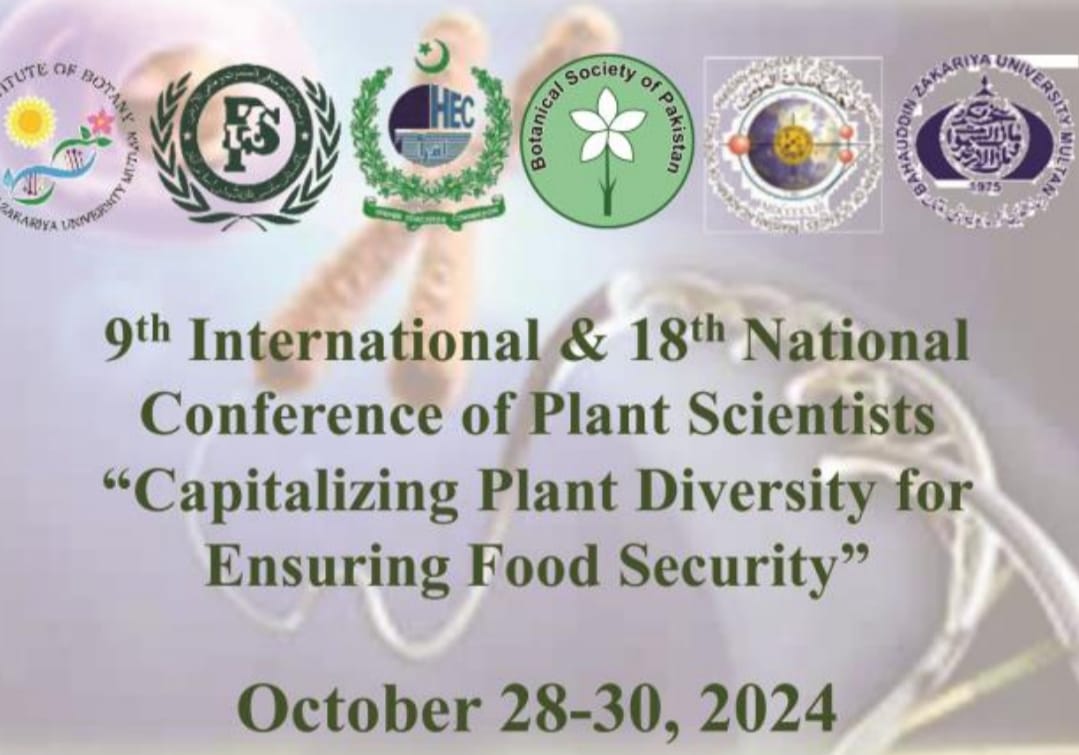PJB-2023-186
Exploration of antidiabetic potential of traditional ethno-medicinal plant Viscum cruciatum Sieber ex Boiss. (Loranthaceae) from Rawalakot district, Poonch, Azad Jammu and Kashmir, Pakistan
Waheeda Mushtaq, Muhammad Ishtiaq, Mehwish Maqbool, Muhammad Ajaib, Tanveer Hussain, Muhammad Waqas Mazhar and Tauqeer Sardar
Abstract
This research aims to explore the antihyperglycemic potential of Viscum cruciatum Sieber ex Boiss., a locally known ethnomedicinal plant called "Parwikh" from the family Loranthaceae, found in Rawalakot, District Poonch, Azad Jammu and Kashmir (AJK), Pakistan. The plant has been traditionally used for the treatment of type-2 diabetes mellitus by local communities. Due to its hemiparasitic nature and association with host species Quercus incana and Olea ferruginea, it was hypothesized that the plant may possess unique medicinal properties derived from its host interactions for differential cure of diabetes. Traditional ethnomedicinal (TEM) knowledge was collected through Open and closed-ended questionnaires and microstatistical tools, such as informant consensus factor (ICF) and fidelity level (FL for data authentication. Preliminary phytochemical screening of leaf and bark extracts revealed the presence of flavonoids, saponins and alkaloids. For antihyperglycemic analysis, experiments were conducted on alloxan-induced Type-2 hyperglycemic rabbits using methanolic extracts of leaf and bark at concentrations of 500 mg/kg and 1000 mg/kg, administered orally for 7, 15 and 30 days. Blood sugar levels were measured using an ACCU-CHEK-active model glucometer. The results demonstrated that the rabbits treated with 1000 mg leaf extract from the host O. ferruginea exhibited the maximum decrease in blood glucose level (1491.5 mg/dL). The same treatment showed the highest decrease in body weight (25.36%), while the T3-group treated with 500 mg bark extract from the host Q. incana showed a less decrease in blood sugar (8.22%). The same treatment displayed the maximum increase in serum insulin level (5.790.11 pmol/L) on the 15th day of treatment. This study establishes the significant antihyperglycemic properties of the methanolic extract of Viscum cruciatum Sieber ex Boiss from host of Olea ferruginea, validating its traditional use in Rawalakot, AJK territory of Pakistan, for the treatment of type-2 diabetes mellitus. The findings suggest that further comprehensive research on this plant could lead to discovery and the development through optimization protocols as the novel allopathic drugs
To Cite this article:
Mushtaq, W., M. Ishtiaq, M. Maqbool, M. Ajaib, T. Hussain, M.W. Mazhar and T. Sardar. 2024. Exploration of antidiabetic potential of traditional ethno-medicinal plant Viscum cruciatum Sieber ex Boiss. (Loranthaceae) from Rawalakot district, Poonch, Azad Jammu and Kashmir, Pakistan. Pak. J. Bot., 56(6): DOI: http://dx.doi.org/10.30848/PJB2024-6(15)
Download PDF


